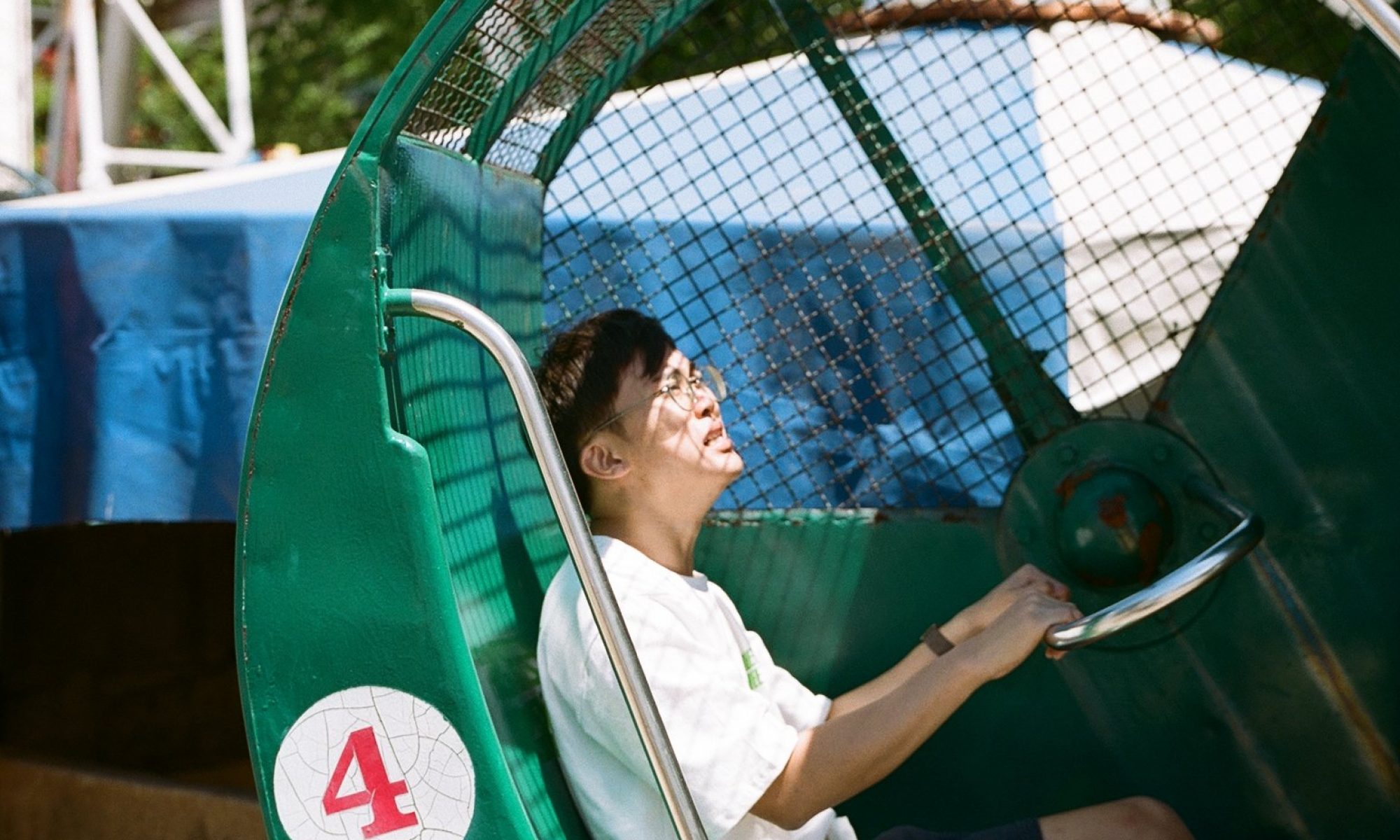I find an age old philosophical question relevant to our attempt at trying to understand the third space. “If a tree falls in a forest and no one is around to hear it, does it make a sound?” Similarly, if a device that can connect people across a distance is active but no one participates, is there a third space?
I would say that the answer to that question is: no. I believe a third space is a non-physical space that forms once people interact with each other between space and time, and its very essence is that its inhabitants are its participants, deliberate actors within the space that keeps it alive.
As what Randall Packer described,
“The laws of the known world have been all but abandoned in the third space: it is a space of invention and possibility, like lucid dreaming, where participants might assume their avatar identities, engage in post-human, cyborgian manifestations, or perhaps reinvent the world in the image of their own making.”
Posted by Bryan Leow on Wednesday, 31 January 2018
In our telematic performance, Samantha and I reached out to each other using our Cup Noodle Telephone. Our telephones are not connected physically, which will be necessary for it to work physically. In this third space, we are not just able to talk to each other in spite of our disconnection from the physical space, but also play our roles to ensure maximum realism in this alternate world, despite being stripped away from realism. In this case, we try to talk into the cup, and listen out from the cup even though we could just talk to each other directly. Our engrossment with this performance detached us from the physical space, and therefore created a sense of intimacy and connection between us. The very act of participating in the third space creates the third space.

We can see our performance as a reflection of Telematic Dreaming by Paul Sermon (1993), where the act of pretending to interact with one another as though the other person is physically there creates an alternate and intimate world that exists only between the two person.
Maria Chatzichristodoulou made a comment about Telematic Dreaming, “The ability to exist outside of the users own space and time is created by an alarmingly real sense of touch that is enhanced by the context of the bed and caused by an acute shift of senses in the telematic space.”

The intimacy-enhancing bed is an example that physical reality will still affect us and the third space. Unlike what happened in Telematic Dreaming where the physical world enhanced the telematic experience, we were interrupted by a passerby towards the end of our performance which broke our third space. Despite the detachment from reality, our physical reality still shapes our third space. Perhaps the reason for such a phenomenon is due to the physical world altering the way we participate, and therefore altering the third space.
